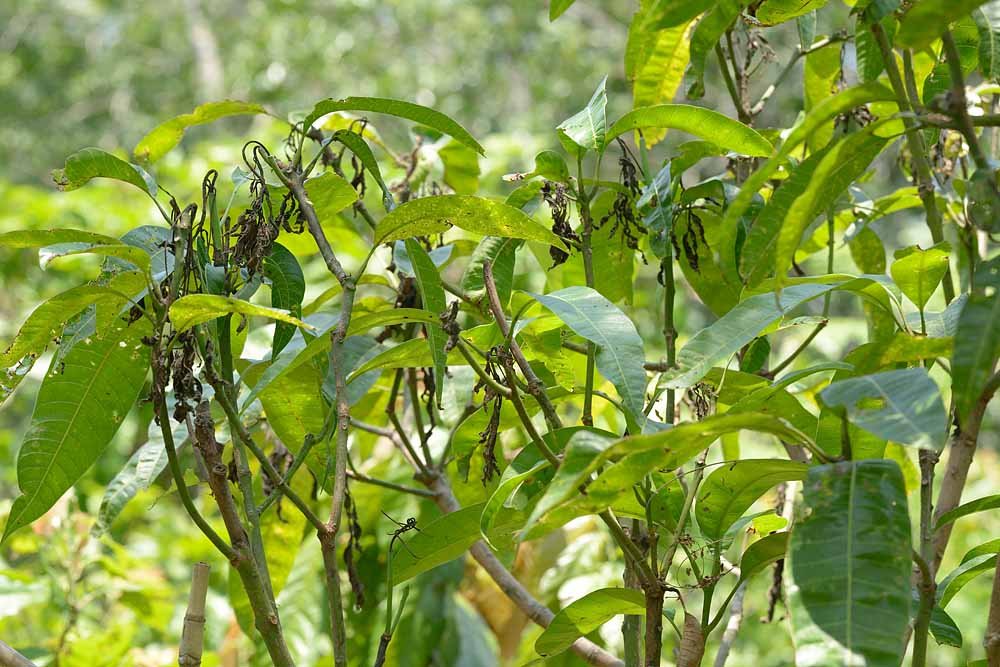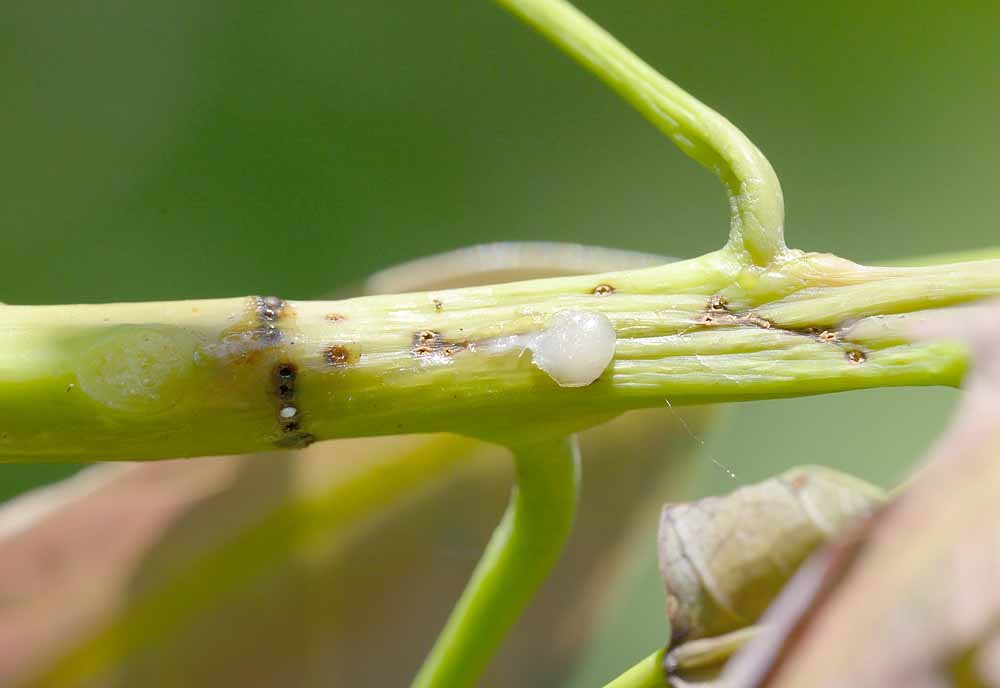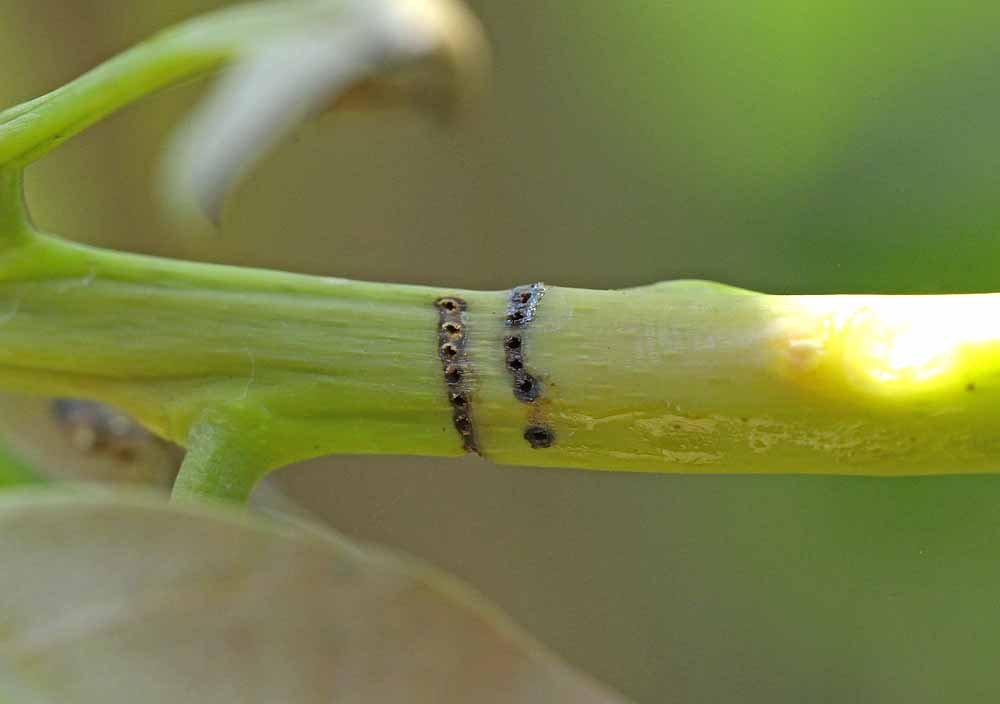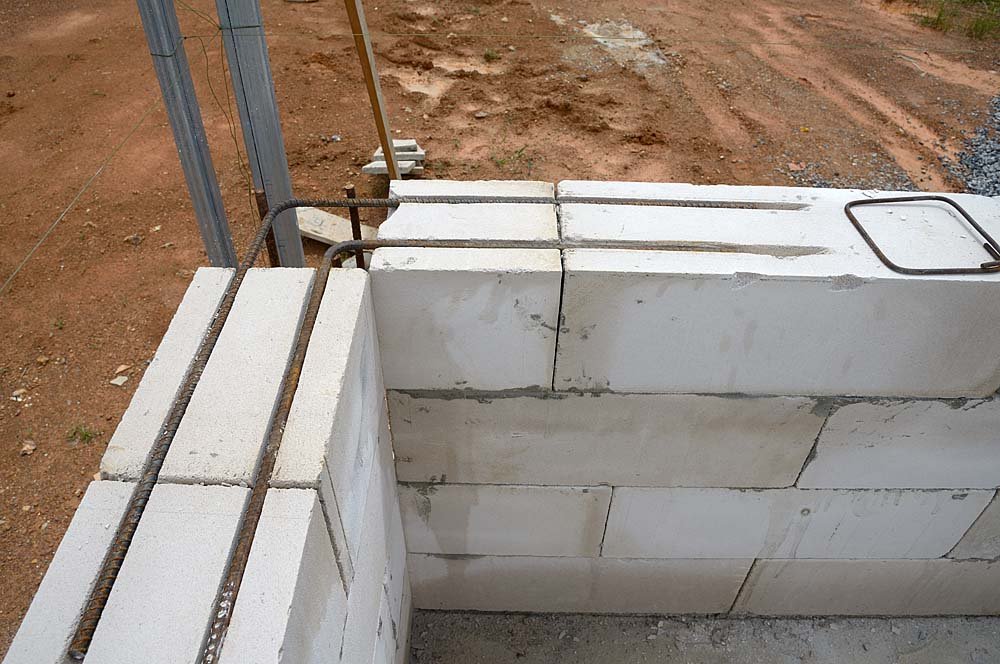
Pogust
Member-
Posts
123 -
Joined
-
Last visited
Content Type
Events
Forums
Downloads
Quizzes
Gallery
Blogs
Everything posted by Pogust
-
Phosphoric acid is commonly used to dissolve lime scale. Available on Lazada. Dilute to 10-20%. Good in bathroom if you have that problem.
-
A bit late reply I'm afraid but didn't look in here earlier. I installed 12 kw of panels and a SRNE hybrid 3 phase inverter 3 months ago. Together with 42 kwh of batteries. I have all 3 phase in 3 houses. Tried different setups. First with totally off grid and a ATS to connect to grid if needed. That wasn't so good as it is a manual switch and generate a short cut off that cause problems to some electronics like routers. So set it up with inverter direct connecting to grid instead and switch when over the 4 kw each phase allows. Now I don't see the switch over any more. When I have 2 kw storage water heaters it seldom triggers the switch. Happened at Christmas when plenty of cooking, and sometimes when using welders but that's only short time. For the last months the PEA bill was about 90 bht. So I don't really see a need for 3 inverters unless heavy long time use. A few hours of connecting to PEA for backup gets a lot cheaper than 2 extra inverters. And the less complexity in the system, the safer it is.... Just my thoughts about it...
-
Fruit fly problem. I have it too. You can try traps but need the proper pheromone to lure the flies in them. I catch lots of mango flies with them. https://www.lazada.co.th/products/fly-reusable-traps-fruit-fly-traps-fly-catcher-outdoor-i4800957482-s19843284860.html https://www.lazada.co.th/products/codin-stock10-orchard-drosophila-i5013035860-s21186981524.html
-
Those are melipona stingless bees. You can't put them in a hive for european bees. They need small hives that you easily can make yourself. Look here for info: https://www.landuum.com/en/the-lab/the-melipona-bees/ https://www.semanticscholar.org/paper/Meliponiculture%3A-Stingless-Bee-Beekeeping-In-Chuttong-Chanbang/ed20a04e65532b5c61afd69e55f88facfffe699a Could be a good way to get pollination here. Not so much honey from them though. You can divide them similar to other bees and get more colonies once you have one strong to start from, if you want honey from them. It also depends on local flora. They need flowers producing nectar, otherwise you have to feed them some sugar so they don't starve during dry season. I will try a couple of colonies myself, thank you for pointing to the seller! You can find hives here too https://shopee.co.th/กล่องชันโรง-ขนาด-A4-กล่องผึ้งชันโรง-ชันโรง-ผึ้งจิ๋ว-ชันโรง-ผึ้งชันโรง-กล่อง-กล่องชันโรง-ผึ้งจิ๋ว-i.41337900.14496362178?sp_atk=f5ada149-e63e-49ca-8da7-a3b6d72d6f90&xptdk=f5ada149-e63e-49ca-8da7-a3b6d72d6f90
-
Well, if you are going keep bees you have some learning to do. I'm an ex commercial beekeeper and can probably give some advise. Firstly what bees do you plan to have? The asian bee apis serana or european bees apis mellifera? Big difference in how you treat them. Asian bees are more difficult but will survive better. Do you want to keep them for honey or pollination? The flow hive is not a magic solution to beekeeping. It will gum up fairly quick due to propolis bees use seal all cracks in their hive. It probably works for a short time only. If you use apis mellifera you will have to treat regularly with chemicals to keep them alive. The varroa mite will kill them off otherwise. Can you post a link to the site where bees are for sale? I'm thinking myself of getting a couple of hives for pollination purpose. But use normal hives that I can manage without problems. Will build the hives myself from available wood. Happy to help you get started, bit be prepared to read up on beekeeping....
-
Ants farm the mealybugs. They suck up the sweet excrement they produce. So keeping ants away helps. Soapy water is another tried method.
-
Try detergent, it will block the breathing tubes and suffocate them. I use 1 dl of liquid dish wash detergent for 20 liter water. It takes away the surface tension in water and allow the water to penetrate the tracheae. I also use wood vinegar, charcoal distillate mixed in.
-
Just make sure you buy 15 or 20 cell battery packs! And buy 2 of them as the trimmer with cord will need plenty of power. Like this one, not saying it's good just to show what batteries you need. https://h5.lazada.co.th/products/tanzu-tz-lm-2000-8-bl-i5021553315-s21229442921.html? I found the makita battery fitting best as there are plenty of tools and batteries available. De Walt might have their own system where cheap batteries don't fit and you must buy the more expensive original.
-
I did find them on a mango tree daytime. A whole bunch of them on a new shoot. About 8 mm long bright shining blue with club antennas. Didn't get any useful picture as it was windy that day. I'm practising permaculture and use only manure, compost and plenty of mulch. The reason for sad looking trees is that those bugs eat away every new shoot so trees have only old leafs. The few mangos they haven't found (yet) are looking healthy. If I see them again and get a good picture I will post it.
-
What is this Vine?
Pogust replied to Requirement's topic in Organic Farming, Smallholding and Kitchen Gardening
Calopogonium mucunoides -
Mexican sunflower diversifolia
Pogust replied to John Kenworthy's topic in Farming in Thailand Forum
Sure, I can send you some cuttings later. Yes I chop it up and spread around other plants and trees. Contact me with your address. -
Mexican sunflower diversifolia
Pogust replied to John Kenworthy's topic in Farming in Thailand Forum
Got seeds here: https://www.lazada.co.th/products/100-i3843288296-s14659381109.html I bought cuttings about a year ago from Lazada. Have just cut them back before rainy season, otherwise I could send you some. They grow very fast just about everywhere you put a stick in the ground. 🙂 Can develop to a potent weed if not looked after. -
OK thanks then I understand. I have used industrial 3 phase motors that I fitted with capacitor myself in another life. Problem was the start torque, when running it worked fine. Problem solved anyway! Halfway down I found a glueing broken on the cheap blue pipes the well driller used 4 years ago. It broke when I got pressure in the system. I would use hdpe instead, but can't find the proper metal fittings here. Only plastic fittings and I have bad experience with them. Would to import from Europe.
-
Thanks Crossy. Yes I have changed a number of capacitors before, they don't seem to like the heat here. I changed to one I got for spare now, didn't work either. Yes. Yes. Is there any difference in the pump between them? Cooling down now so will take up pump.
-
I had to to buy a new deep well pump. 1 hp with capacitor sitting in pump house. Worked for a short time before giving up. It draws 6 amps measured at 220 connection in. When measure after capacitor the 3 phases going to pump I get 2,8 3,8 and 5,8 amps. 10, 23, 18 ohm measured across the phases with pump disconnected. Pump at 70 m down, going to take it up again tonight. Any suggestions how to check pump?
-
Thanks, I have half of what's on that page. But noting like this.
-
For several years there has been something on mango trees killing some of the new soft shoots. This year it's been on almost all trees, continuing for every new flush. There are small holes around the shoot evenly spaced. And a few other holes further out. It's not stem borers when I never find any larvae inside. I have stem borers too but they only make one hole. There could be a sap sucking insect walking around the shoot making them? Must be during night when I never seen any bugs in daytime. They do much harm as the trees struggle to grow and get cut back all the time. Haven't done any spraying of wood vinegar and soap this year when most trees are doing OK without it. Anyone got a suggestion what it could be? Might have to spend some nights with a headlamp among the trees...
-
When we started develop our land 7 years ago we got 4 mango plants from neighbours. Didn't understand yet then that they need to be grafted. They were from seeds. Growing very well, nice big trees but no fruits. I have now cut them back and grafted them all from bought trees. Will hopefully get fruit on them next season. A couple of the grafted trees we bought don't fruit either. A neighbour explained that some cultivars of mango don't like it here. I'm near the coast with no real cold winter and that might be the reason. This winter been way too warm and only a few mangos produce fruit. Potassium is needed to set fruit. I tried spraying one year without any result. I have bee feeding them lots of mulch from legumes so maybe too much nitrogen compared to potassium in the soil. Grafting is best done during summer when trees grow fast. But not that easy, takes some trail and error to get it to work. Important to find the right scion. Best if you can find some older shoots with buds ready to grow. Wrap the whole scion with tape to avoid it to dry out. I found this tape to work for me: https://www.lazada.co.th/products/pvc-fruit-tree-grafting-tape-secateurs-engraft-branch-gardening-tool-2cm100m-i2669291664-s21729316545.html?
-
Dreams contra reality. Calculations how much material would be needed to fulfil those electric dreams. And how much material there is available. Anything those 4 persons say is worth listening to.
-
Conversation with people who really know the facts around EVs and Hydrogen vehicles. Possibilities and limits. Take the time to listen.
-
I have built several small house extensions using 100 mm AAC blocks. A pump-house and a kitchen. No need for any posts. But do get a lintel above door and window. Doors and windows mounted with polyurethane spray foam, no need for mechanical fasteners. If you ever tried to break down a 100 mm AAC wall you realize how strong it is.....
-
Don't know about durian, but I see young trees trying to produce the first year not developing fruit. I think they are still too young and need to grow bigger before having enough energy to produce fruit. Jackfruit having only a few male flowers first year, then female also the next and producing.
-
They grow well here but look out for bugs on them. Mealy-bugs were very fond of mine when I was growing them. I gave up on them and use leuceana, gliricidia and samanea instead as shade-nitrogen fixers.
-
Just bought this. Haven't done much work with it yet. It feels solid. Just make sure you buy the 15 cells battery! I have the same battery for electric chainsaw and other machine. Same battery fittings as makita. I have almost totally stopped using cable machines now.
-
Cut grows with skilsaw at several points and glued rebar in. When pouring concrete and vibrating it well after walls are up it will bond together far better than thai way.
.png.3b3332cc2256ad0edbc2fe9404feeef0.png.8488ab72b8bb2e508209bfe3211b6e08.png)









